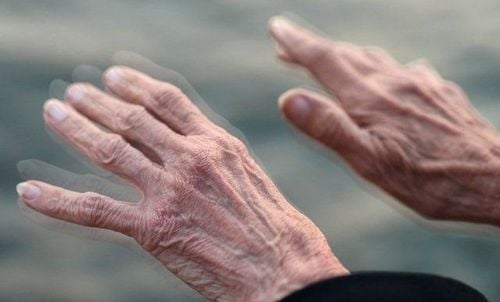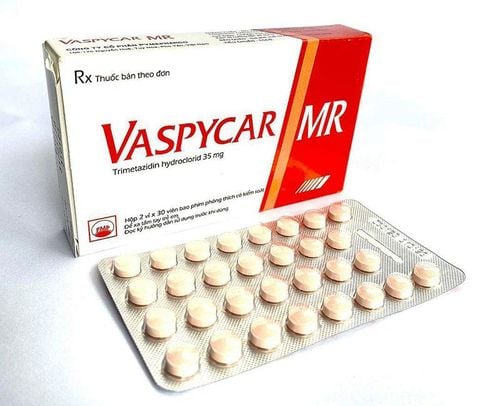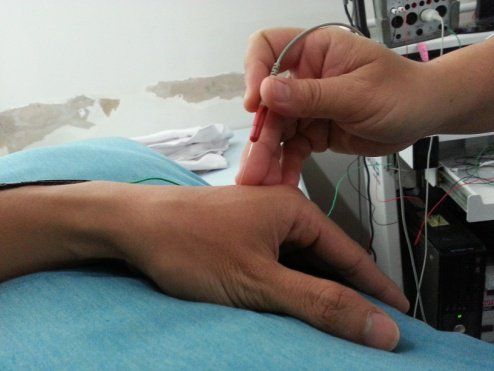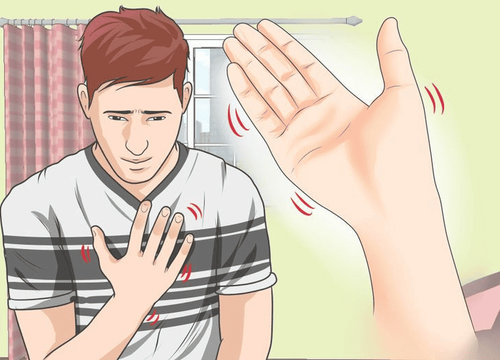This is an automatically translated article.
The article was written by MSc Vu Duy Dung - Doctor of Neurology, Department of General Internal Medicine - Vinmec Times City International Hospital.This type of tremor occurs in the hands in almost everyone. The postural and kinetic components of this tremor are generally a few Hertz faster in frequency than essential tremor, and of generally lower amplitude than essential tremor, with important vigilance at the onset of diseases. Patients with essential tremor have a low tremor amplitude that can be difficult to distinguish from enhanced physiological tremor.
1. Enhanced Physiological Run
In contrast to essential tremor, enhanced physiological tremor has no intentional component in the finger-nose-finger test. Enhanced physiological tremors evident in the voice and hands; however, it does not manifest in the neck; Neck tremor is always pathological.Mild ratchetlike signs in hand movements or mild gears in passive hand movements may be present, but are not accompanied by muscle stiffness. Quantitative computerized analysis of tremors showed that the inertial load showed a pattern consistent with the peripheral origin rather than the central origin (i.e., reduced tremor frequency from baseline with the inertial load).
Many of these people go to the doctor because they are also worried; Therefore, treatment should begin by reassuring them that they are not Parkinson's disease or essential tremor. Beta-blockers at low doses (eg, propranolol up to 60 mg/day or a single dose of 10 mg to 60 mg as needed) and cautious use of benzodiazepines can be effective.
2. Tremor when moving due to drugs

Several features can distinguish drug-induced tremor from other types of tremor. First, regarding the history, the onset of tremor after initiation of the drug. Second, there may be a dose-response relationship, e.g. higher doses of the drug are associated with larger tremor amplitudes. Third, stopping the drug will completely stop the tremor. Fourth, tremor is not a feature of drug-induced tremor. Finally, in the context of a steady dose of the drug, tremors will not get worse; This is in contrast to the tremor in essential tremor or Parkinson's disease, which worsens over time.
The mechanism underlying drug-induced tremor is not fully understood, although these tremors are thought to represent a form of enhanced physiological tremor. Additional evidence has also suggested that drug-induced tremor may be mediated by central mechanisms.
Treatment for this type of tremor is to reduce the dose or stop the causative drug. If this is not possible, beta blockers (eg, propranolol, 10 mg/day to 360 mg/day) may have some benefit.
3. Dystonic tremor
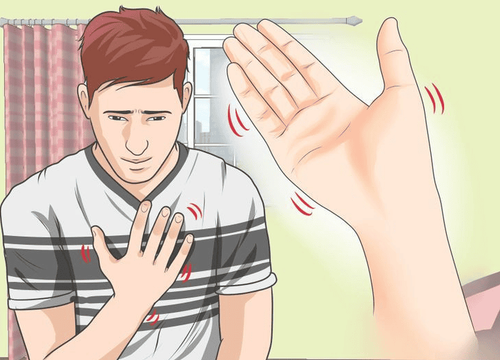
Furthermore, tremor can occur in the limbs at rest as well as in the extremities in motion (i.e. while maintaining posture or during active movement). Complicating matters is that, as noted above, patients with longstanding and clinically severe essential tremor may present with mild dystonia in the hand during extension.
As a result, the main controversy is where essential tremor ends and where dystonia begins and vice versa. A further view is that tremors in patients with dystonia are not always regular. This raises the question in these patients as to whether the “tremor” is actually a tremor. The author of this article sometimes uses the term tremulous rather than tremor to describe such movements.
With such uncertainty, when a doctor confronts a particular patient, several issues need to be considered. First, what are the characteristics of the tremor itself? Second, does the patient have dystonic movements or dystonic postures? Regarding the first question, the tremor itself in dystonia patients may be non-rhythmic or non-oscillating; These features distinguish essential tremor. Regarding the second question, patients with dystonia may have a variety of postural maintenance and/or neck-related twisting movements, which does not occur in essential tremor.
The patient may also have one or more dystonic positions during arm extension (eg, difficulty maintaining both hands completely parallel to each other while extending in tight karate, flexed postures). thumb while stretching). These symptoms are absent in essential tremor unless the disease is advanced; Furthermore, in essential tremor they will be relatively mild compared with the tremor symptom itself.
Neck or voice tremors are other issues worth discussing. Patients with cervical dystonia (ie, torticollis) may also have neck tremors. This tremor is usually neither fully pulsating nor fully oscillating, and it may be accompanied by rotation or tilt of the neck, sustained or jerky neck deviation, enlargement of the neck muscles, or a sensation of tension or pain. neck (Case 4-2).
These clinical features are absent in patients with essential tremor. In addition, in contrast to the tremor of essential tremor, which usually resolves when the patient is supine, the tremor in dystonia often persists when the patient is lying down. Voice tremor may also present in patients with vocal cord dystonia (i.e., constrictive tone dystonia) but, in contrast to the voice tremor of essential tremor, is often accompanied by voice cracking or impaired speech. .
Treatment of dystonic tremor includes the use of anti-dystonic agents (trihexyphenidyl at doses up to 10 mg/day in adults, baclofen up to 60 mg/day), benzodiazepines, or beta-blockers. With dystonic neck tremor, other options include intramuscular botulinum toxin or DBS surgery.
|
Ca bệnh 4-2 Nữ 56 tuổi đến khám vì run đầu kèm đau cổ nhẹ bên phải. Đau bắt đầu 10 năm trước. Trong 4 năm, bệnh nhân cũng cảm thấy có cảm giác kéo căng từng lúc ở vùng cổ. Bệnh nhân sau đó thấy rằng đầu đã quay về một bên và đôi khi lại còn cảm thấy rung nhẹ. Bệnh nhân nói không bị run chút nào ở hai bàn tay. Khám, bệnh nhân có run tư thế nhẹ đến vừa ở tay phải, với tư thế gấp nhẹ ở ngón trỏ và ngón giữa. Khi làm nghiệm pháp ngón tay-mũi-ngón tay thì không có run. Cơ ức đòn chũm bên phải phì đại nhẹ, và đầu bệnh nhân xu hướng quay về bên trái và rung từng lúc; rung không đều. Run đầu tồn tại ngay cả khi bệnh nhân nằm ngửa trên bàn khám. Bệnh nhân được điều trị bằng botulinum toxin tiêm bắp vào một số cơ vùng cổ, giúp giảm triệu chứng, mặc dù chúng không hết hoàn toàn. Bình luận Ca bệnh này minh họa các đặc trưng quan trọng của run đầu (cổ) loạn trương lực: run thường không thành nhịp, và nó thường tồn tại trong tư thế nằm. Hơn nữa, nó có thể kèm theo đau hoặc cảm giác căng kéo ở cổ. |
Please dial HOTLINE for more information or register for an appointment HERE. Download MyVinmec app to make appointments faster and to manage your bookings easily.
Articles source reference:
Louis ED. Tremor. Continuum (Minneap Minn) 2019;25(4, Movement Disorders): 959–975.





